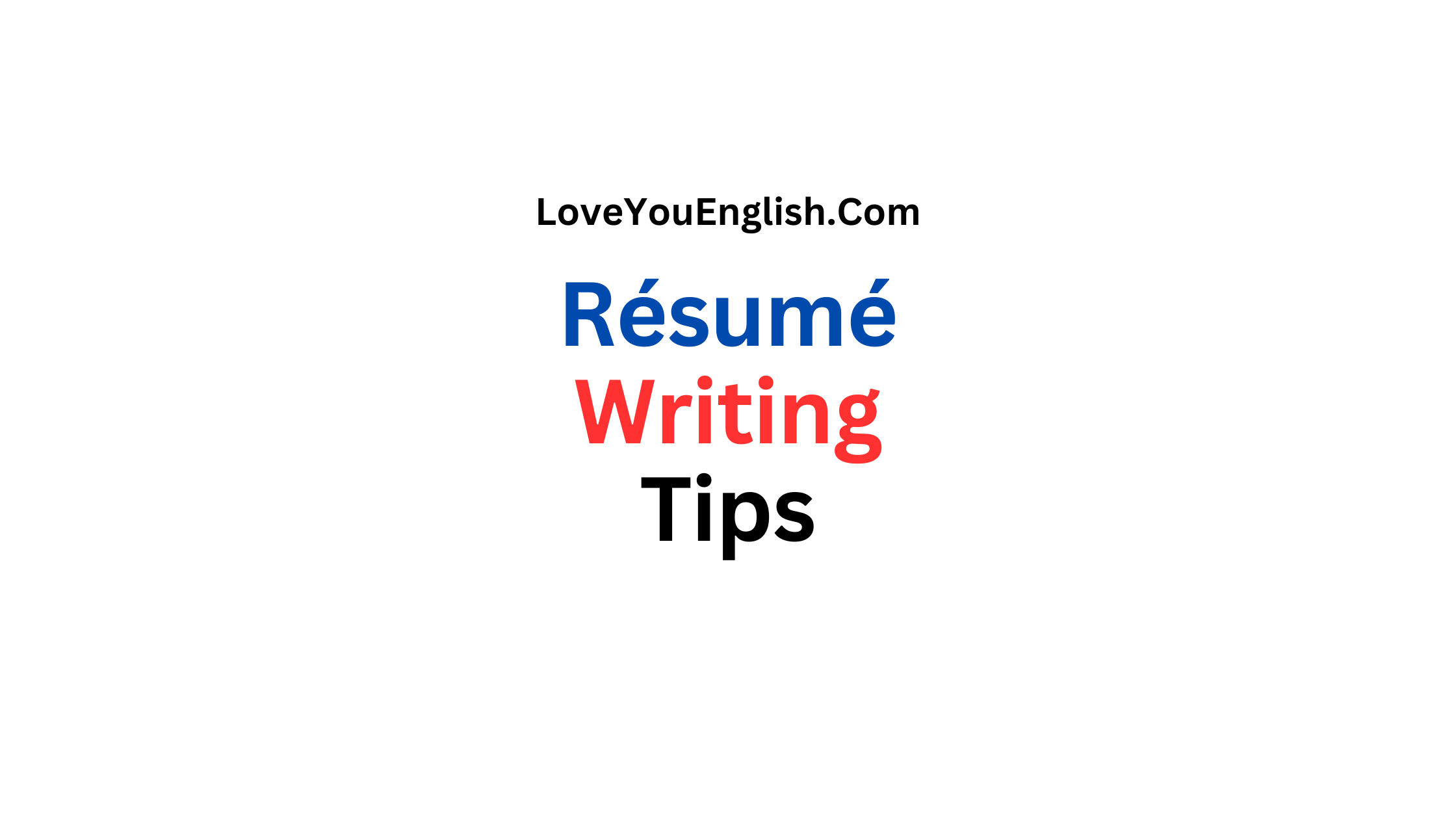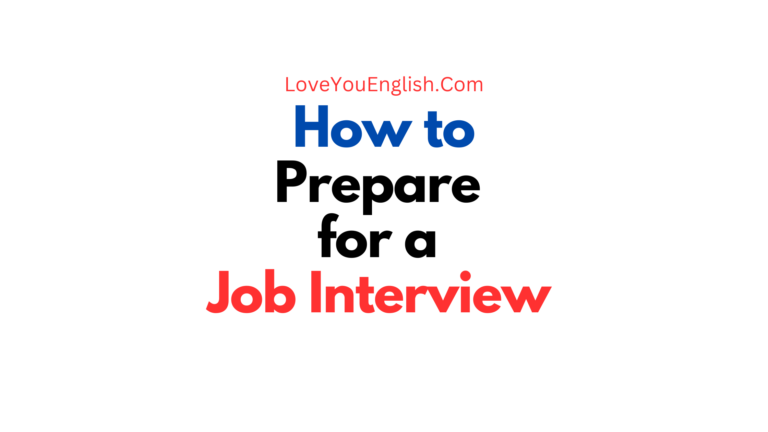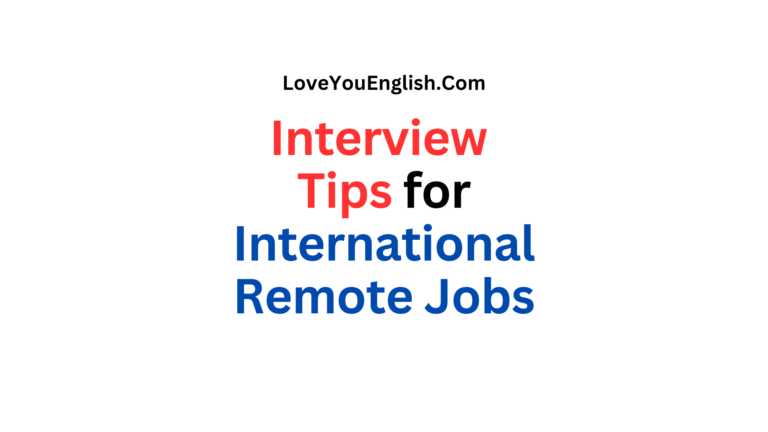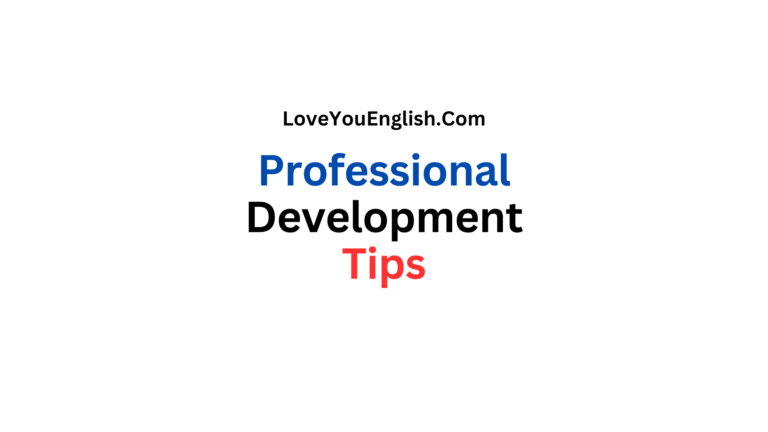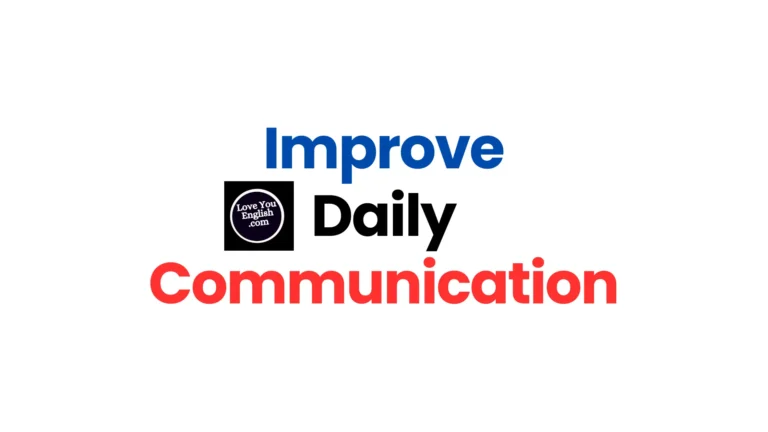25 Essential Résumé Writing Tips
Master Your Job Search: 25 Essential Résumé Writing Tips
In today’s tough job market, your résumé is usually your first and only chance to impress potential employers.
A great résumé can lead to amazing opportunities, while a poorly written one might leave you confused about why you never hear back from companies.
Whether you’re a new graduate, an experienced worker, or someone wanting to switch careers, these 25 tips for writing a résumé will help you create a strong document that shows off your skills, experience, and potential.
Make Your Résumé Specific for Each Job
It’s important to remember that résumés shouldn’t be one-size-fits-all.
Tailor your résumé for each job you apply for by emphasizing the skills and experiences that are most relevant to that position.
Use the job description as a reference and include keywords from it in your résumé.
Pick the Right Format
There are three main types of résumé formats: chronological, functional, and combination.
Choose the one that best showcases your strengths and downplays any weaknesses in your work history.
For most job seekers, a reverse-chronological format is effective, but if you’re changing careers or have gaps in your employment, a functional or combination format might be better.
Be Brief
Aim for a one-page résumé if you have less than 10 years of experience.
If you have a longer career, two pages are fine.
Keep in mind that recruiters often only spend a few seconds looking at each résumé, so make sure every word is important.
Use a Simple, Professional Design
Choose a clean and easy-to-read layout with consistent formatting.
Use a professional font like Arial, Calibri, or Times New Roman, and keep the font size between 10 and 12 points.
Use bold and italic text sparingly to highlight important information.
Begin with a Powerful Summary or Objective Statement
Kick off your résumé with a short but strong summary of who you are professionally or a clear objective statement.
This should quickly inform the reader about your career aspirations and what you can offer.
Emphasize Your Successes
Rather than just listing what you did at your jobs, shine a light on your successes.
Use specific examples and, if you can, include numbers, percentages, or dollar amounts to show how you made a difference.
Start with Action Words
Make your résumé more exciting by beginning each bullet point with a strong action word.
Words like “achieved,” “implemented,” “increased,” and “negotiated” can help show how proactive you are in your work.
List Relevant Skills
Create a special section for your skills that showcases both your technical (hard) skills and your people (soft) skills.
Make sure to include skills that are mentioned in the job description, along with any other relevant abilities you have.
More essays:
- Essay about Travel in English for Students
- Essay About Nature For Students in English
- Essay on Pollution in English for Students
- Essay about My School for Students and Children
- Essay About Friendship for Students and Children
Organize Information Effectively
Place the most important and relevant details at the top of your résumé.
If you’re a recent graduate, you might want to list your education first, or if you have more experience, highlight the most relevant job experience at the top.
Use Keywords Wisely
Many companies use Applicant Tracking Systems (ATS) to filter résumés.
To improve your chances of getting noticed, sprinkle relevant keywords from the job description throughout your résumé.
Be Truthful
While it’s important to showcase yourself positively, never lie or stretch the truth on your résumé. Be honest about your skills, experiences, and achievements.
Being dishonest can lead to being disqualified or fired if found out later.
Check for Mistakes Carefully
Look out for typos and grammar mistakes because they can really stand out to employers.
Make sure to read your résumé several times, and it’s a good idea to ask a friend or family member to take a look too.
They might spot errors that you didn’t notice.
Use Bullet Points
Break down your work experience and achievements into bullet points. This helps make your résumé easier to read and highlights the most important details.
Try to have 3-5 bullet points for each job, focusing on your biggest responsibilities and successes.
Add Relevant Volunteer Work or Activities
If you don’t have much work experience or want to show off other skills, include any volunteer work, internships, or extracurricular activities.
These experiences can show that you have valuable skills and that you take initiative.
Keep Your Contact Info Updated and Professional
Make sure your contact information is current and looks professional.
Use a straightforward email address that includes your name and think about adding links to any relevant professional social media profiles or personal websites.
Personalize Your LinkedIn URL
If you decide to include your LinkedIn profile (which is usually a smart move), customize your URL to make it short and professional.
LinkedIn lets you create a unique URL (like linkedin.com/in/yourname) that looks much nicer on a résumé.
Use Language Specific to Your Industry
Include terms and jargon that are specific to your field when it makes sense.
This shows that you know the industry well and can help your résumé get through ATS screenings.
Just be careful not to use too much – it should still be easy for anyone to understand.
Quantify Your Successes
Whenever you can, use numbers to show your achievements.
Instead of just saying you “increased sales,” say you “increased sales by 25% in six months.”
Using specific numbers makes your accomplishments sound more impressive and believable.
List Important Certifications and Training
Make sure to include any important certifications, licenses, or extra training you’ve completed.
This shows that you are dedicated to growing in your career and can help you stand out from other applicants.
Use Uniform Formatting
Keep your formatting the same throughout your résumé. Stick to the same font, size, and style for similar parts.
This gives your résumé a neat, professional appearance that is easy to read.
Skip Personal Details
Usually, you don’t need to add personal details like your age, marital status, or religion on your résumé.
Focus on what you’ve done professionally and your experiences.
Be Aware of Employment Gaps
If there are big gaps in your work history, be ready to talk about them.
You can briefly mention long gaps in your cover letter or think about using a functional résumé style that highlights your skills instead of your job timeline.
Use White Space Wisely
Don’t fill your résumé with too much text. Use white space wisely to make it easier to read and more visually appealing.
Having enough margins and space between sections can really help with how easy it is to read.
Save and Send in the Correct Format
Unless told otherwise, save and send your résumé as a PDF. This keeps your formatting intact on different devices and systems.
But always check the job application guidelines, as some employers might want a different file type.
Keep It Current
Make sure to update your résumé regularly, even if you’re not looking for a job right now.
Add new skills, experiences, and achievements as you get them.
This way, you’ll always be ready when a chance comes up, and it makes updating less stressful when you need to use your résumé.
Final thoughts:
In conclusion, making a great résumé is both a creative and a technical task.
It takes careful planning, attention to detail, and a smart way of telling your professional story.
By using these 25 tips, you can build a résumé that not only shows off your skills and experiences but also grabs the attention of employers.
Keep in mind that your résumé is usually the first chance you have to impress someone in the job market.
It should be a living document that changes as your career grows, showcasing your most relevant and impressive qualifications for each job you apply for.
Make sure to customize your résumé for every application, highlighting the skills and experiences that match the job description.
While these tips give you a great starting point for writing your résumé, it’s also important to stay updated on what’s popular in your industry.
Different fields and companies may have different preferences for résumés, so do your homework and be ready to change your approach if needed.
Lastly, remember that your résumé is just one part of your job application.
Pair it with a strong cover letter that goes into more detail about your qualifications and shows your excitement for the job.
Together, these documents should create a strong impression of who you are as a professional and why you would be a great fit for the position.
With a well-made résumé in your hands, you’ll be ready to tackle the job market and secure interviews for jobs that match your career aspirations.
Good luck with your job hunt!

